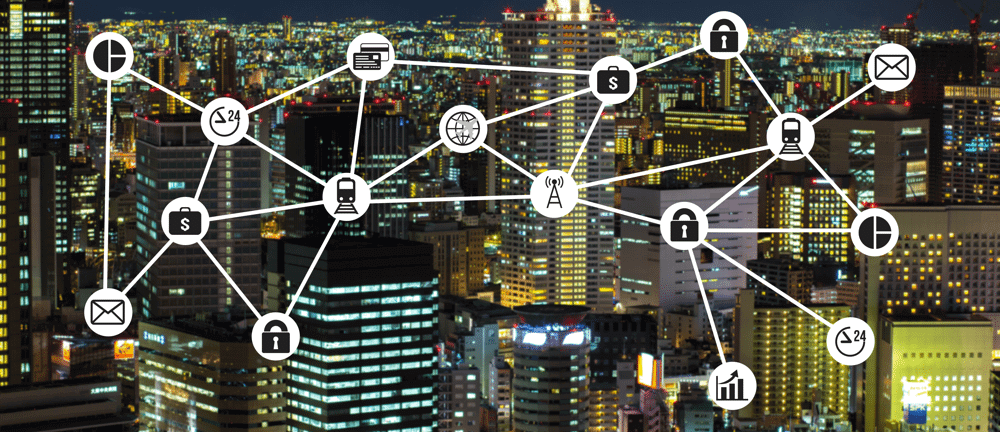As a business owner, you may wonder about the cost of setting up a leased line. Determining the cost involves considering various factors. We understand the importance of being well-informed when making business decisions, so we have researched for you, allowing you to focus on managing your business. You may have noticed that quotes vary by examining leased line costs.
Obtaining a quick online price quote for a leased line can be challenging as it requires specific information about your business location and needs. Leased lines are dedicated connections exclusive to your business, and the cost varies based on these factors. You must provide us with some details to receive an accurate price quote. Here is an explanation of what is involved in calculating a fibre leased line quotation.
Factors Affecting Leased Lines Pricing
The following are the most significant factors that affect leased line costs for your business:
- Distance to the nearest fibre node
- Excess construction required
- Contract length
- Fibre bearer size
- Bandwidth
- Service and support
Let’s look at all these factors to understand leased line quotes.
Distance to the Nearest fibre Node
The cost of setting up a leased line can vary greatly depending on the location of the business. Some companies are in suitable areas where the fibre-optic cable is already in the building, making installation relatively inexpensive. However, not all locations have this advantage, and it may require costly excavation work to connect to existing data networks. Most businesses are located close to existing fibre capacity, requiring only a short distance of excavation.
Another factor that affects leased line pricing is the speed of the connection. DSL variants like SDSL, ADSL2+ Annex M, or EFM over copper can sometimes provide lower rates (2Mb to 10Mb). Still, this option is only available in certain areas served by a limited number of telephone exchanges. Additionally, DSL speeds depend highly on distance, so not all businesses in these areas can achieve the desired speeds.
Construction and Installation Cost
The cost of installing a leased line can vary depending on the location of your business and the proximity to existing fibre infrastructure. The price of the physical engineering task to connect the fibre cable to your premises will vary depending on the distance from the nearest fibre node. For example, clicking a building close to existing infrastructure will cost less than connecting a building far from the nearest fibre node.
We can provide a rough estimate of the cost for an Ethernet fibre connection based on the distance from the nearest node, but a more accurate quote will be provided after a site survey with Openreach. Construction charges for fibre installation may not apply if the premise has already been “fiber enabled” or served with fibre. However, additional charges may apply if there is a need for a different entry point into the building.
Currently, Openreach contributes £2,800 towards each new leased line installation. As fibre infrastructure becomes more widespread, installation costs may be lower than previously thought, and with the Openreach contribution, they may even be free.
It’s worth noting that there are costs involved for an Internet Service Provider to set up a fibre connection, and a one-time connection charge may be added for leased line contracts that are less than three years, in addition to any Excess Construction Charges (ECC), to make up the total cost of installation.
Bandwidth
The cost of a leased line also depends on the desired speed of the connection. The higher the rate, the higher will be the cost. It includes the connection’s maximum speed and the bearer’s capacity. Factors affecting this decision include the business’s usage, the applications that will be run, how much data is used, and how many people will use it simultaneously. To ensure the correct speed is chosen, working with a skilled team in capacity planning and selecting the proper bearer and bandwidth for the business’s needs is essential.
Bearer Rent
The cost of a leased line depends on several factors, one of which is the size of the fibre optic bearer. The bearer is the dedicated network capacity that is provided to your business. The larger the bearer, the higher the cost. However, this will depend on the needs of your business. It is essential to consider how you plan to use your fibre connection now and in the future to determine the appropriate size of the bearer. Some businesses opt for a more notable bearer to accommodate future growth, allowing them to increase their bandwidth without additional engineering. Remember that a higher bearer capacity will increase monthly rental fees.
Customer Support
Fibre-leased lines are generally reliable, but ensuring your provider can meet your expectations during a disruption is crucial. If you choose a reseller instead of a trustworthy internet service provider (ISP), there may be delays in reporting and resolving faults due to the involvement of multiple suppliers. It’s crucial to check that your provider not only adheres to the service level agreements in place but also proactively handles faults and keeps you informed throughout the process.
Read More: Informational Tech Blog
Conclusion
In conclusion, the cost of setting up a leased line can vary greatly depending on the distance to the nearest fibre node, excess construction required, contract length, fibre bearer size, bandwidth, and service and support. Businesses located close to existing fibre capacity will require less excavation work and, therefore, will have lower installation costs. Working with a skilled team in capacity planning and selecting the proper bearer and bandwidth for your business’s needs is crucial.




